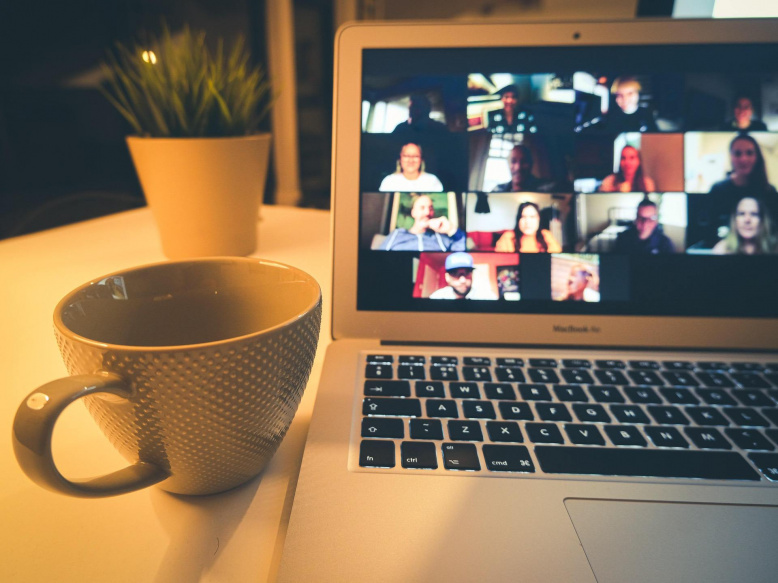
Thoughts
From working @ home to living @ work.
As the MD of Greenwich Design, I’ve always believed that we produce our best ideas when we work collaboratively, so having the team working from home for the best part of year has been challenging.
Personally, I’m not a fan of home-working – I’m easily distracted by a delivery or something that needs to be done around the house, whereas in the studio, it’s easier to focus 100 percent of my attention on the job. More importantly, in the studio I can pull in other team members to ask for their input in a way that just isn’t possible over a Zoom call. From a creative perspective, this cross-fertilisation of ideas is essential to the agency, and it’s one of the reasons I believe, contrary to popular opinion, that coming into a physical workplace on a regular basis is what’s best for the business and staff as we return to ‘normal’, provided we can do so safely.

Building strong teams
As a small studio, we have a close-knit family vibe. If everyone decided to work from home, I truly believe we would lose that ethos, which is what makes our business unique. So many times, we have won pitches based on chemistry – the client likes us as people – and that’s largely because of the strong bond within our own team, built on the foundation of working closely together.
Of course, the team has gone above and beyond to deliver amazing creative outputs while working remotely, but in the studio, I have a better idea of what’s going on with each person – not just with their workload but what makes them tick. I’ve always felt that my team is an extension of my family, and everything from the banter in the studio to the hands-on mentoring of staff members contributes to that.
To build a strong team, it’s essential to nurture each individual’s strengths, and ensure they receive the right learning and development to enable them to grow within the business. This becomes more challenging when people are solely working from home; mentoring people over Zoom doesn’t allow for the natural osmosis that occurs when you’re working alongside someone daily. The same goes for wellbeing. I like to think that if I were seeing a member of staff every day and they were going through a difficult time or needed to talk, I could sense that. It’s a lot more difficult to pick up these nuances over a video call.

Inspiration doesn’t stand still
I do appreciate that remote working has its upsides – particularly in terms of managing your work/life balance. I loved taking the dog for a walk in the middle of the day, for example, and I can’t say I missed my long commute to and from the studio when we were all working from home, although having that commute time to decompress does have some benefits. Life’s not black and white, particularly as a creative business, the nuances in between are important. I can guarantee that when I’m sitting on the train, I’ll see something that will inspire me. It might just be as simple as the shape of the way a letter is cut that is relevant for a project one of the designers is working on, but it can make a big difference. I’ll take a photograph as a reference to pass on. It’s all too easy to miss those sorts of interactions when you’re at home.
That said, I appreciate that many people hope to maintain some level of flexibility post-Covid and even before the crisis, we were talking about allowing staff to work from home if and when they needed to. But when someone joins the business, the default position is they are expected to be in the studio Monday to Friday, then we’ll look at how we can build flexibility into that. It’s so important that new staff members get the chance to bond and develop a good relationship with the rest of the team, and the best way to do that is by spending time together in the studio.
Every company will be different, but what the pandemic has taught us is that to get the best out of staff, we need to find ways of ensuring their work/life balance is better. A burnt-out, unhappy team is no good to anyone. Flexibility may be the answer for some; for others it may be more beneficial to encourage them to leave the office behind and make the most of their own time without the expectation of checking email 24/7. As a business leader, it’s about knowing your team and how to get the best from them – and that may simply be by encouraging healthy boundaries and respecting that ‘home time’ means home time.